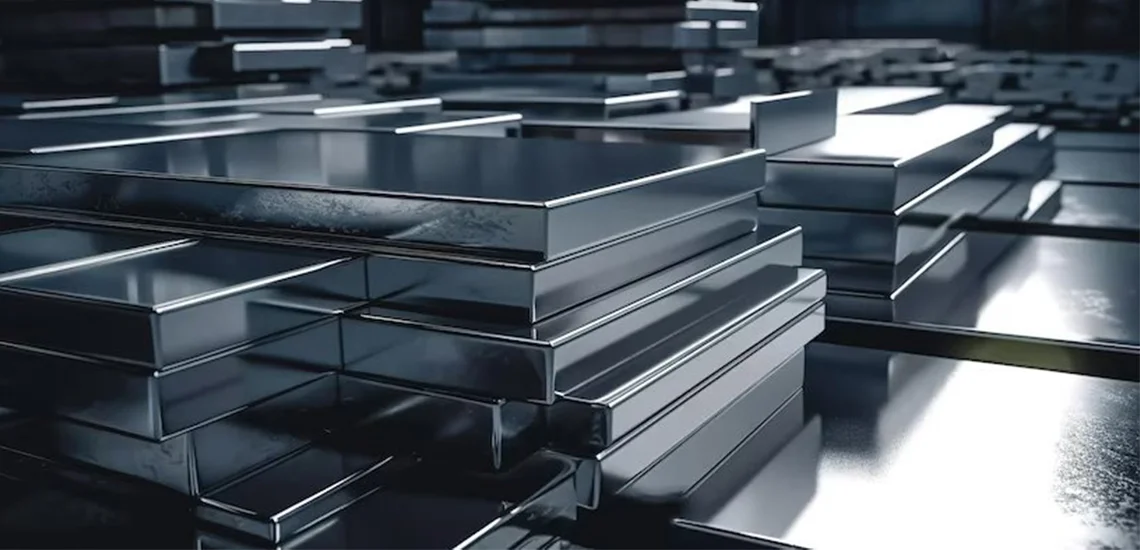The integration of advanced robotics and automation technologies is reshaping the sheet metal concepting landscape, ushering in a paradigm shift that redefines traditional manufacturing processes. This transformative journey enhances precision, elevates productivity, and introduces a spectrum of benefits to the sheet metal industry. Advanced robotics, equipped with precision control systems, revolutionize sheet metal concepting & surpass traditional methods in accuracy and consistency. This proficiency extends to intricate tasks like cutting, bending, welding, and assembly, minimizing variability and errors. The outcome is a substantial improvement in product quality and overall consistency.

Leveraging robotic automation in sheet metal concepting companies leads to increased productivity and throughput. Robots, capable of ceaseless operation and tirelessly executing repetitive tasks, streamline production processes. This not only enhances efficiency but also enables companies to meet market demands while maintaining high-quality standards and reduced cycle times.
Safety in the workplace is bolstered by robotics and automation. By automating strenuous and hazardous tasks, such as heavy lifting and repetitive motions, companies mitigate the risk of injuries. This focus on safety not only preserves the well-being of the workforce but also fosters improved employee morale and operational continuity.
The flexibility of robotic systems in sheet metal concepting is a key asset. These systems can be programmed and reconfigured to accommodate various product variations and customization requirements. Such adaptability allows manufacturers to efficiently respond to changing market demands, offering customization options without compromising production efficiency.
The precision and accuracy of robotic automation play a pivotal role in minimizing material waste. By optimizing cutting and forming processes, manufacturers maximize material utilization, leading to cost savings and environmentally friendly practices. This aligns with the growing emphasis on sustainability in manufacturing.
The synergy between advanced robotics and data-driven systems amplifies the transformative potential of automation. Integrating robots with real-time data analytics and control systems enables manufacturers to optimize production processes, monitor performance metrics, and make informed decisions for continuous improvement. This interconnectedness facilitates adaptive manufacturing strategies driven by actionable insights derived from production data.
In conclusion, advanced robotics and automation technologies redefine sheet metal concepting, offering benefits from enhanced precision and productivity to improved workplace safety and sustainability. As companies embrace these technologies, they position themselves at the forefront of a new era characterized by agility, efficiency, and the capacity to meet evolving market demands while maintaining high standards of quality and innovation.